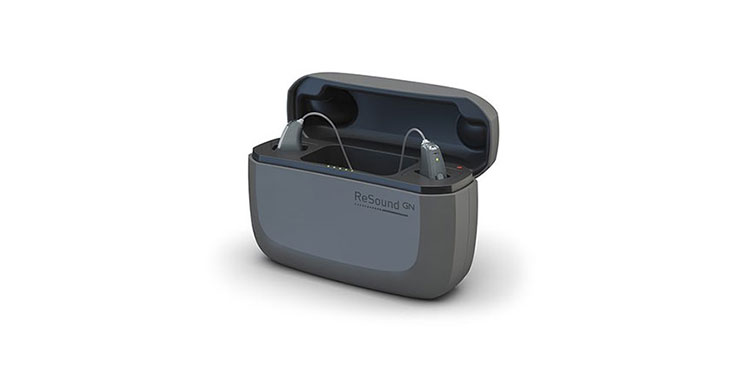
Hearing aids are by no means a modern contraption. We as the human race have always used various methods to rectify our hearing, for eons! Let’s take a trip down the long, winding path of history to see how our hearing innovations have progressed over the years.
The first known method that served as a predecessor of the ear trumpet is the horn of cattle. These horns were hollowed out and utilized in the 13th century as basic types of ear trumpets. Even though the horns did not actually amplify sounds, the funnel shape of the horns helped the sound travel in a more focused manner directly into the damaged ear.
It took several centuries to get a proper headway into finding a more effective method of treating hearing loss. The first ear trumpet was created in the early 1800s, and although this device was bulky, it served more efficiently than animal horns. Ear trumpeters have a fluted end that enabled sound signals to filter into the ears in a more efficient manner, although they were still a far cry from the modern hearing aids.
The telephone brought about a change in hearing devices when it was invented in 1890. Portable carbon transmitters were utilized to help amplify sounds, which served as a predecessor to the modern hearing aids. However, this method was not particularly effective.
The mid-1920s brought about a significant change in sound amplification, with the modification of vacuum tubes. These newer vacuum tubes could amplify sounds by a maximum of 70dB and could fit in a tiny wooden box. This box had a receiver at the end which was held close to the ear by the user.
After the transistors came about in the 1950s, the size and shape of hearing devices drastically reduced and began looking a lot like modern hearing aids. These devices were sleeker and had a more advanced battery capacity. They were worn in the ears or behind the ears, the way modern hearing aids are.
The 1970s gave birth to the microprocessor which enabled analogue as well as digital signals to be utilized. This resulted in a more advanced circuitry and provided a far more superior hearing experience for those wearing hearing aids than ever before.
The 1990s were when things began picking up pace since it was the rise of the digital age. Hearing aids used a significantly improved amplification technology that enabled 40 million sound signals to be processed every second! This helped hearing aid users hear more accurately and more efficiently.
The new millennium brought about the Bluetooth technology, and everything became a lot more compact and proficient. Hearing aids began to have tiny receivers that were immensely powerful. With the use of Bluetooth, the hearing aids of this age could connect wirelessly to other electronic devices such as phones, televisions, as well as computers. This made the hearing aid not only a hearing device but also a device that connected the user virtually to all the important aspects of their life.
The current hearing aids are smarter than ever before since they use artificial intelligence to provide a more organic hearing experience. These modern devices also allow virtual follow-up sessions with audiologists while providing optimal sound amplification at all times. The hearing aids of today are smart enough to adapt to changing environmental settings, and are even equipped with GPS to help them remember which setting is to be activated based on their current location.
Hearing aids have come a long way since the animal horn! It’s been an exciting journey, and one can only ponder upon what other advancements the future holds for us. Hearing loss no longer needs to hold back a person from making the most of their life, because the future is now!
